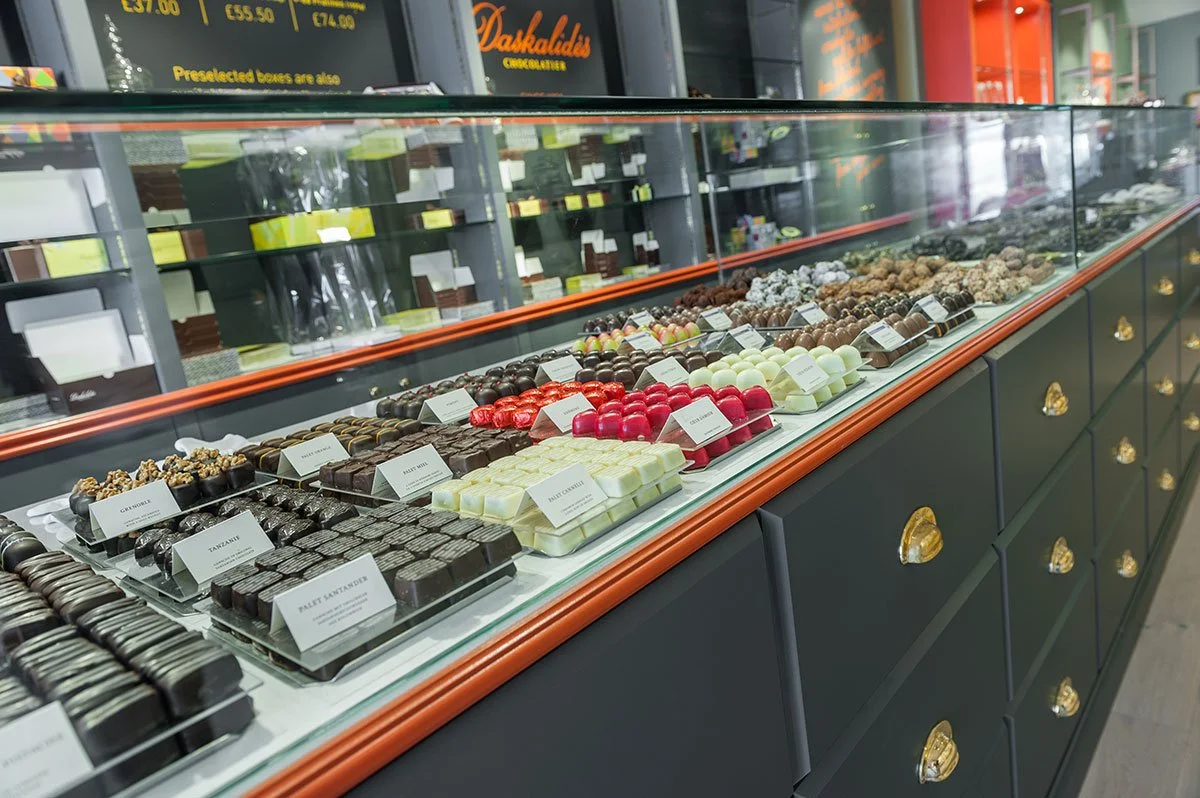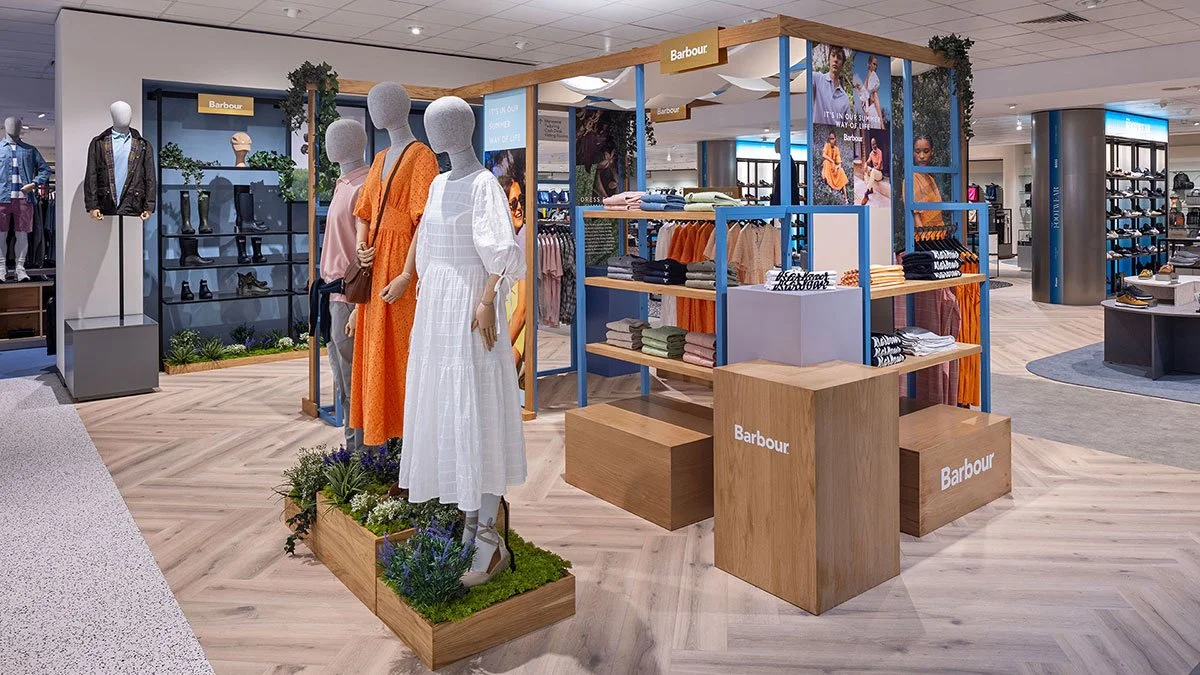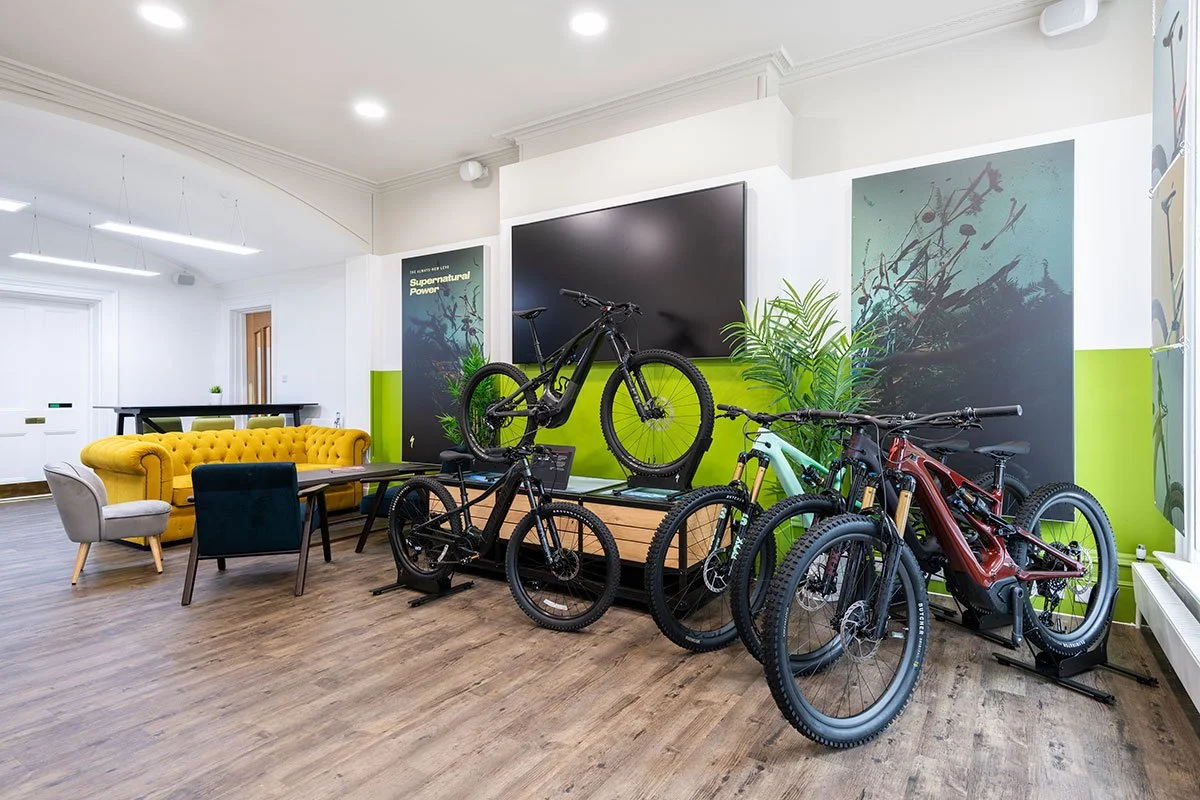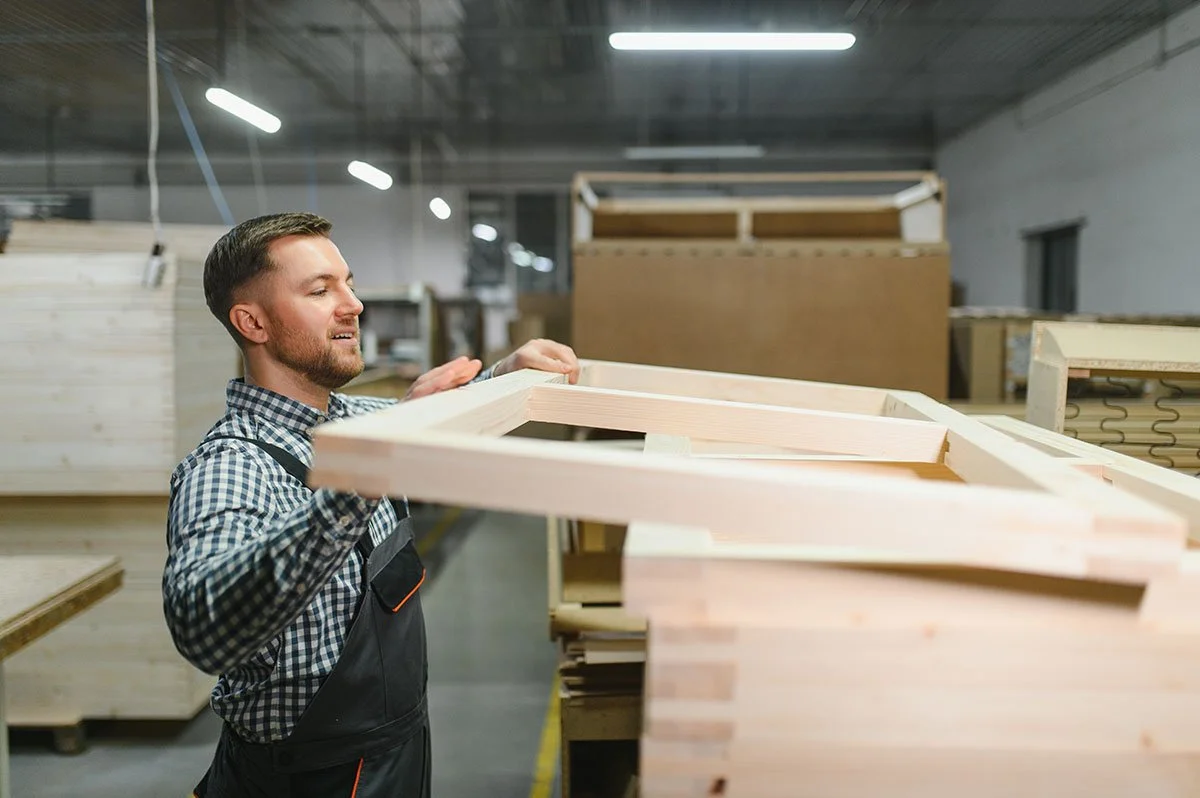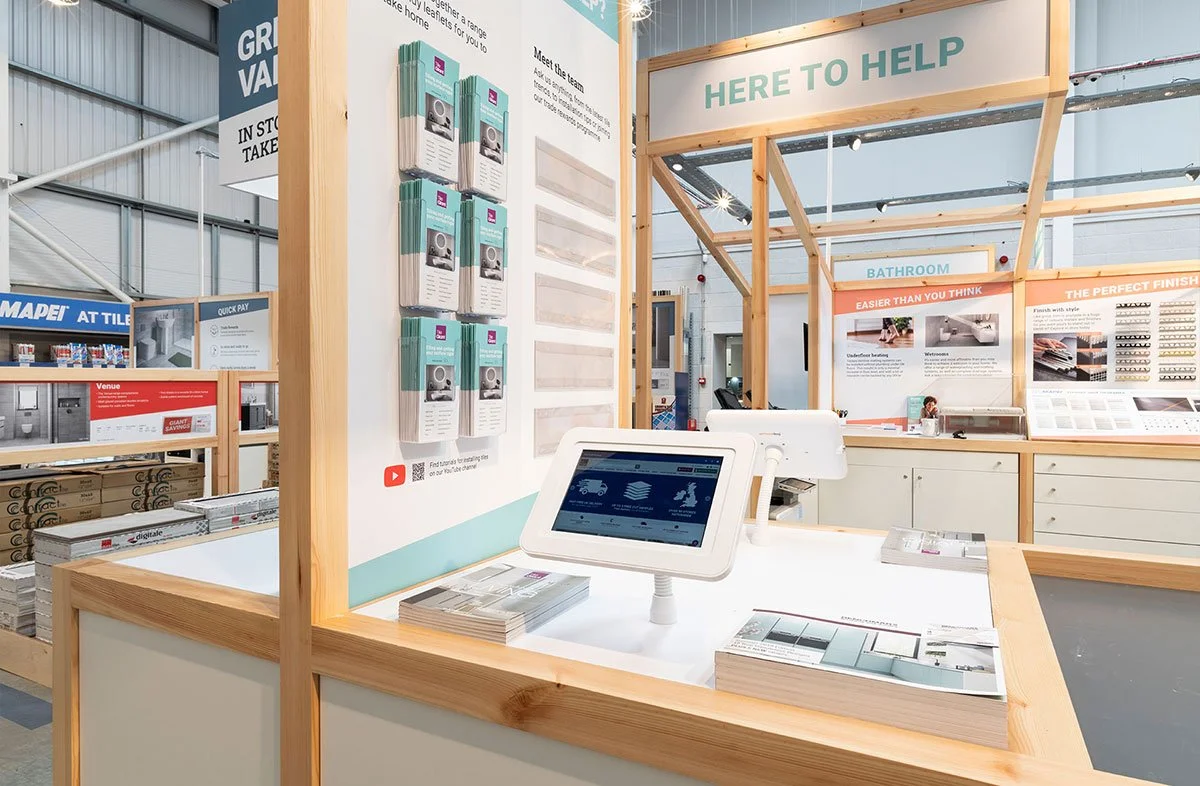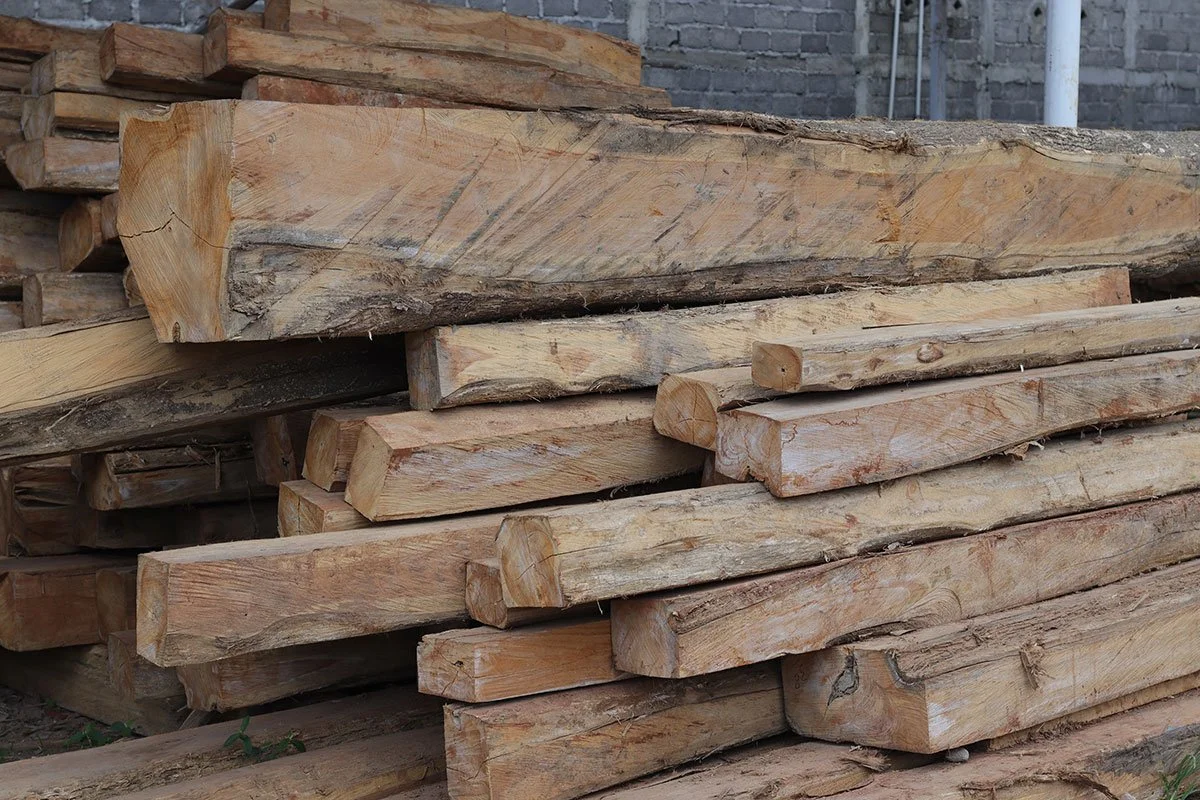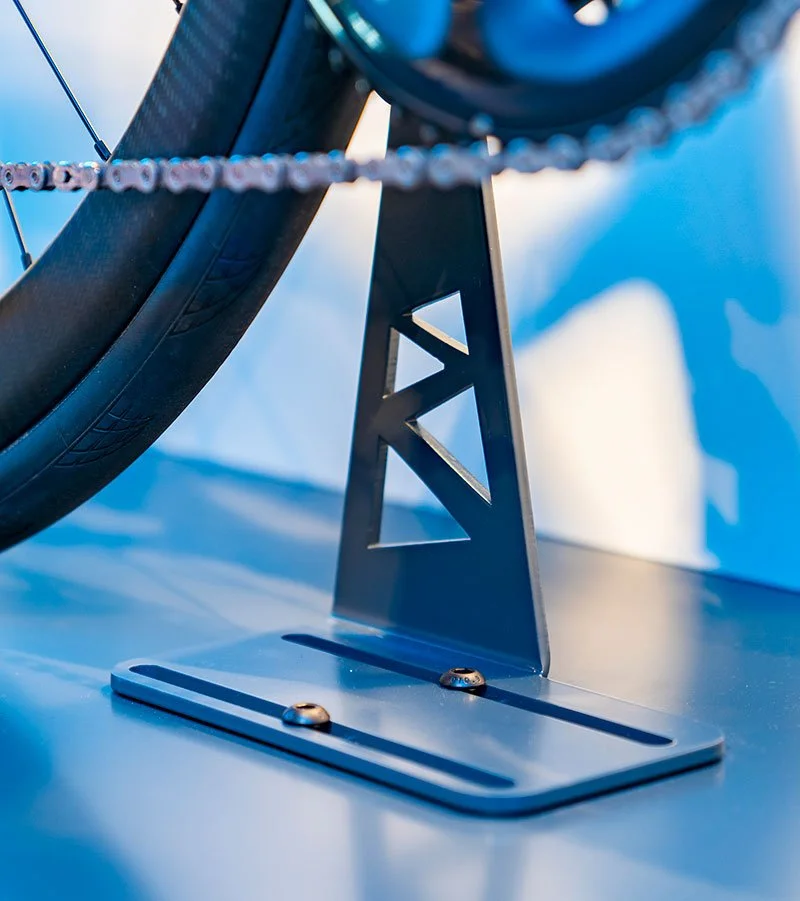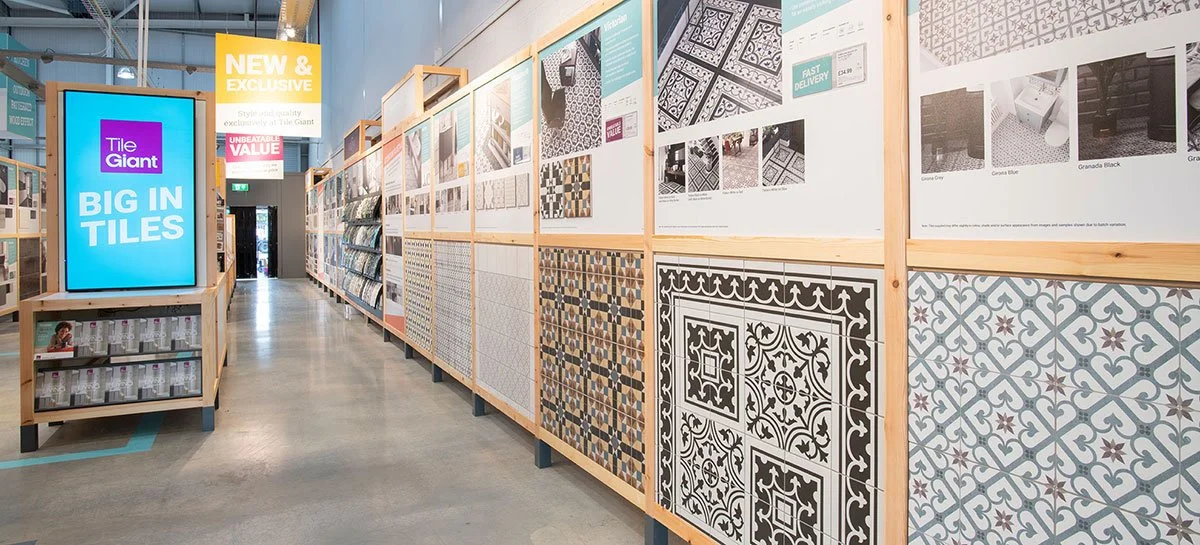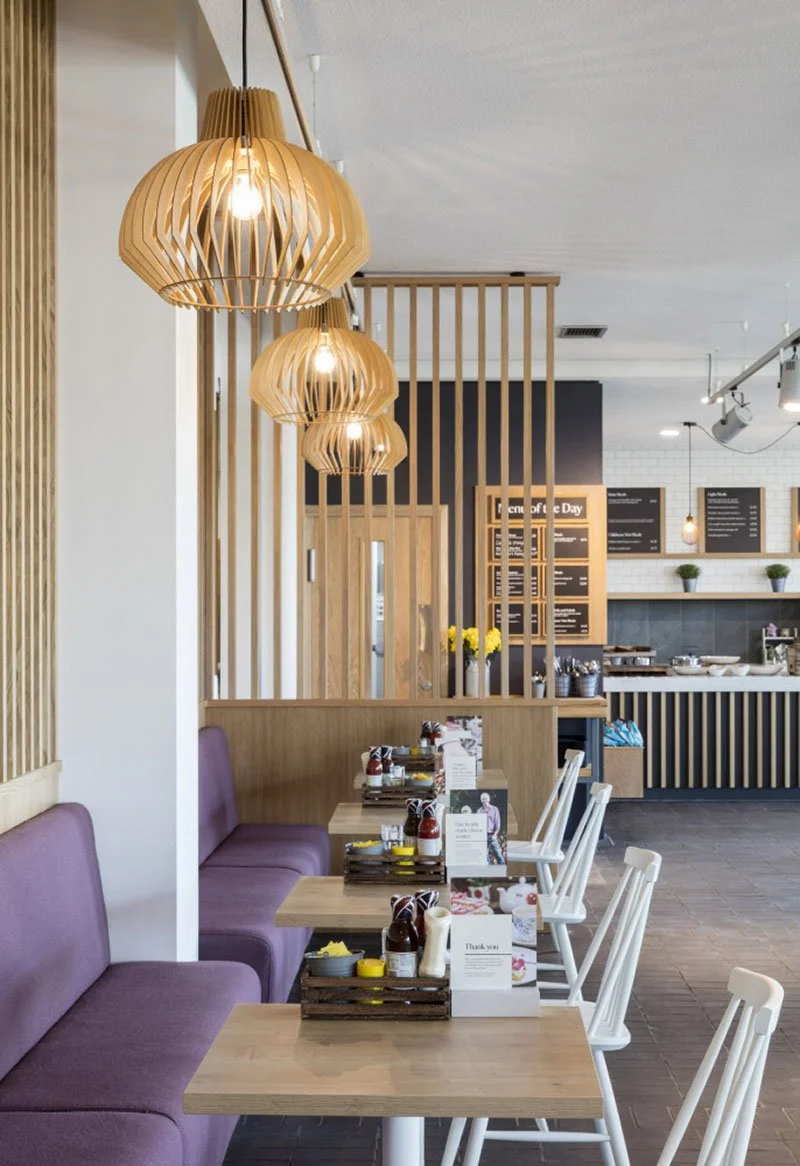Our goal is to work with clients to deliver their goals, while minimizing environmental harm and promoting responsible resource use.
We recognise the significant environmental and social impacts of the design and commercial interiors industry. As a creative agency designing and building physical spaces, we are committed to embedding sustainability into every aspect of our work - across design, materials, construction, operations, and client collaboration.
Our goal is to work with clients to deliver their goals, while minimising environmental harm and promoting responsible resource use.
STAMP has grown up as a business during the broadening of the sustainability debate, and we have been early adopters of a range of measures to ensure the longer term sustainability of our work. We are also fortunate to work alongside large-scale global businesses who often benefit from the latest thinking in full life cycle sustainability, often benefiting from the input of sustainability consultants who provide fresh and sometimes challenging thinking around the issues. We count amongst our team individuals from product, engineering and architectural backgrounds, so our full life cycle approach is underpinned by an appreciation not just of materials, but also manufacturing and construction techniques.
Contact us today to discuss your project
The most obvious and visible of the variables is around material selection.
We have over time built a portfolio of materials with strong environmental credentials. These include:
Traditional sustainable materials like powder coating are low VOC, long lasting and have made significant steps in afterlife removal prior to recycling. Many other material suppliers are rapidly improving their life-cycle impact in response to market pressure.
Significant strides have been made in M&E, Lighting, Insulation, Air Quality and Energy use across the built environment and we have delivered holistic schemes from shell to opening in BREEAM developments and beyond, developing a good understanding of available products and the right partners to supply them.
Our commitment: To maintain our understanding of sustainable materials and equipment as the market evolves, with a view to ensuring projects are sustainable in the holistic sense, and encourage our clients to consider investing in more sustainable options.
Sustainable virgin materials. (Bamboo, FSC timber, ethical ceramics)
Innovative material solutions using low impact chemical and organic material composites.
Re-purposed materials like Eco Wud that uses husk by products from the agricultural sector to create sheet materials, or EcoPly, one of the leading sustainable sheet material suppliers, using high volumes of post-consumer plastics.
A significant factor in sustainable design is the client’s intention for life cycle and making the correct choices to achieve these goals.
A project that is delivered using low impact materials that need replacing after one year cannot be seen as sustainable. Similarly, a project that is stripped out and replaced only a small way into its potential life span is also not sustainable.
Balancing the need for commercial responsiveness and fit for purpose execution is critical to achieving sustainable goals.
Our commitment: To consult with clients on life cycle analysis. To encourage reuse and renovation wherever possible. To ensure clients are aware of how their choices impact the sustainability of their business, and their impact on the environment. We will not work with clients whose core business practices are dependent upon unsustainable environmental impact.
We work alongside a range of manufacturers and material suppliers, all of whom are responsive to changes in manufacturing standards, and ISO requirements.
Consideration is given not only to materials but also to the processes involved in its manufacture, energy usage and design for disassembly.
What happens to a fixture or fitting when it reaches the end of its life is critical to its efficacy. Minimizing materials, mechanical joins and banded surfaces are all considerations in design for disassembly and recycling, as is a robust afterlife care strategy.
The reduction of waste and energy efficiency in manufacturing are key areas of focus to reduce the environmental impact of our work.
Where projects require the removal of existing fit out and equipment, we commit to industry initiatives that ensure maximum recycling and safe disposal.
Our commitment: We ensure that our contractor supply base is fully compliant in current safety and environmental standards, ensuring safe working in construction environments for staff and users.
We ensure the specification of low impact processes in manufacture, and ensure our work can be disassembled at the end of its life to enable straightforward recycling.
We will aim to reduce waste wherever possible and ensure the responsible processing, recycling or disposal of previous fixtures and fit outs.
The ethical treatment of human beings, in terms of material sourcing, processing and manufacturing is a key part of sustainable design, and includes serious supply chain considerations for all timbers, ceramics, stones and chemicals.
Our commitment: To ensure full supply chain certification for materials that may incur the unethical treatment of people either due to their nature or origin. To eliminate products and suppliers from our business who overlook or profit from the unethical treatment of people.
Within our agency operations, we will maintain a low-waste, paperless office as much as possible, sourcing office supplies and equipment with environmental certifications and ethical suppliers.
We encourage remote collaboration to reduce travel where appropriate.
We educate and empower our team on sustainable design practices through training and resources.
Sustainable materials are still largely bespoke and low volume commodities and as such come at an elevated price in many cases. This should be considered against budgets from the outset of the project.
Design decisions taken to maximise sustainability can have an impact on the appearance of a scheme, and these needs and desires should be balanced.
Our commitment: To fully understand the benefits and challenges of sustainable design, committing to continuous professional development for all staff, to ensure we are working towards a more sustainable industry.
Public buildings have – for good reason – detailed fire strategies that keep visitors safe in emergencies. Many emerging materials are not yet at a stage where they can meet these criteria, further limiting the pool of available materials.
New materials are often untested in terms of their durability, not just against wear and tear, but also against UV and cleaning chemical compounds. This will represent an ongoing risk in specification whilst the long term use of these materials is assessed.



